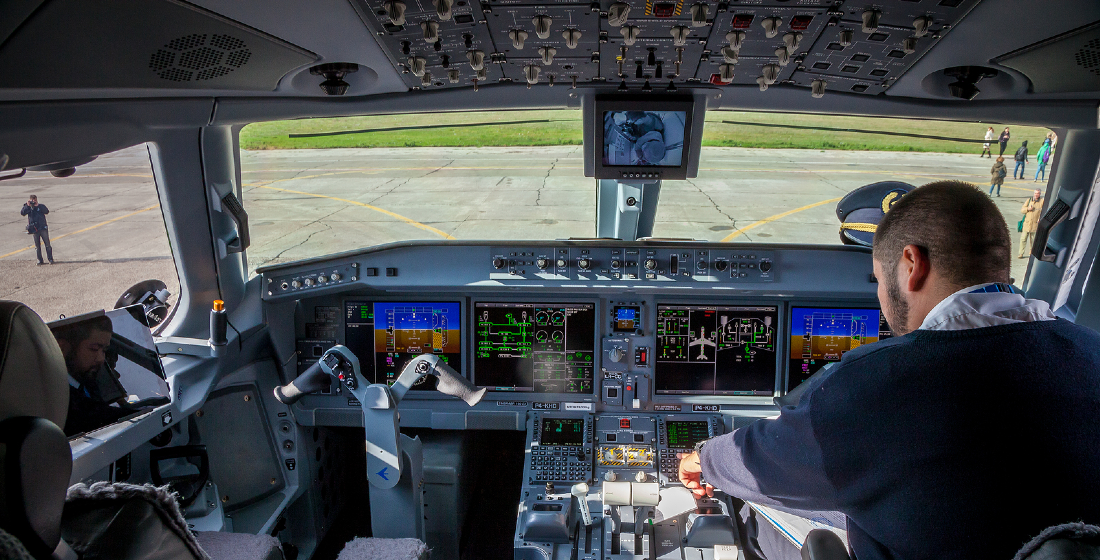Financial inclusion in trade: How to improve accountability
We're building bridges for digital trade and trade finance. But where is the map to hold us accountable? By Michael Vrontamitis, deputy chair and member of the board of World Trade Board, and lead industry principal, lending at Finastra.

Developing a global roadmap to drive collective action
The trade finance gap has been extensively documented, with the figure hitting an eye-watering high of $1.7 trillion last year. This topic has filled a lot of print space, yet the gap has continued to rise. The industry has pledged its allegiance over and over to reduce the gap. So why has this figure not reduced?
Last year, I compared the digitisation of trade to the construction of bridges to ‘digital islands’ – disparate aspects of trade that lock out MSMEs because of the volume and variety of frontends to navigate through and integrate with. In such an environment, we can either continue to let the many processes – customs, insurance, financing – serve to effectively lock out MSMEs from trade, or we can take hold of a collective opportunity to create interconnectivity and build bridges that all can use.
The past year has seen much action on trade finance gap – certainly there is more attention on the issue – but progress is fragmented. There is no lack of knowledge. Many companies and industry papers have proposed some excellent solutions, from high-level infrastructural and legal changes to tackling specific processes with technology. Each discussion inevitably brings insight, ingenuity and innovation. The paper is published and celebrated, incremental ideas generated and discussed further, and so on, and so forth.
If we want to see genuine change, it’s time to stop celebrating individual ideas. It’s time we put these ideas and movements into collective action.
Foundations for individual bridges are being built
A major legal barrier when it comes to trade finance is paper-based processes. Specifically, we’ve lacked legal certainty around the acceptance of processes that support digital trade – a crucial development to increase access to finance for MSMEs. While digitising an industry that has mandated reliance on paper documents is no easy undertaking, there has been some great recent developments in this area.
The UK government recently overhauled the legal requirement to use paper for trade documents, by introducing The Electronic Trade Documents Bill into parliament. The bill sets out to make digital trade documents (eDocs) legally recognised, making it easier and cheaper for UK firms to buy and sell internationally. The International Chamber of Commerce (ICC) estimates that digitising trade could provide MSMEs with a 13% increase in international business. Faster, more efficient exchanging of documents will also increase the rate at which banks offer finance.
However, there is still legal uncertainty in many other countries about the use of eDocs. The ultimate goal is a universal handling of eDocs across all government departments. Of course, this is no easy feat. Getting the ICC Digital Trade Roadmap, which led to the adoption of the Model Law on Transferable Electronic Records (MLETR) published and on the G7 agenda, was not a simple process. But the action taken, not just the ideology behind it, was what led to its rollout across many trade hubs – the UK, Singapore, Abu Dhabi being just three.
Agency is not tied solely to constitutional changes. The tech and fintech industries also have a big role to play in digitising the flow of information in trade, particularly when it comes to processes that create impossible barriers for accessing finance such as compliance with increasingly stringent regulations. Their role in bringing new technologies to market is critical.
For example, many MSMEs have their credit applications rejected at the Know Your Customer (KYC) or anti-money laundering (AML) stages, because they lack the robust credentials required of businesses. This is especially prevalent in emerging markets. The use of digital identities is subsequently increasing around the world, which can significantly reduce the turnaround times and costs associated with compliance. Technologies such as AI and increased access to data mean that banks can also improve the way they make credit decisions, by utilising alternative datasets and automating the credit decision process to increase the speed at which decisions are made.
Technology is supporting connectivity
If we take this up to an infrastructural level, technology is not just solving individual process challenges. Tech and fintech companies have the power to orchestrate whole ecosystems which prioritise access to finance. For example, Finastra is collaborating with the ICC to pilot a financing marketplace, ICC Tradecomm, which gives MSMEs access to broader alternative financing resources. It will allow investors to finance trade transactions against title documents and equip SMEs with a broader set of solutions to mitigate perceived risk, the burden of compliance, and enhance access to finance.
Similarly, by orchestrating open and embedded finance ecosystems, these companies are creating an environment which improves access to finance by matching supply and demand via single connectivity. For example, a business could apply for a loan within its existing Enterprise Resource Planning (ERP) system and access multiple financing options within that same platform. With the wealth of data acquired by the ERP company, these loans can be tailored for specific business needs.
But how are we mapping all these journeys to drive genuine change?
We can see that foundations are being built to create bridges that connect some digital islands. But how can we create a map to design and build this infrastructure in a way that ensures trade finance and working capital becomes more inclusive?
To answer this, we need to think about what turns ideas into action. In my experience, it is only ever achievable through collaboration, which is why I’m extremely optimistic about the work that we are doing as part of an industry task force.
The World Trade Board was set up with the aim to improve people’s lives by connecting trade, finance and technology, to enable long-term growth and prosperity. We’ve recognised that we already have strong recommendations and solutions brought forward by the industry to increase inclusivity of trade finance, and that progress is being made. We are now pulling these recommendations together in a roadmap that aligns diverse stakeholders towards a common vision, with clear lines of responsibility in a results-driven approach, focused on tangible actions that can be or are being taken to address the gap.
It brings together lawmakers and policymakers, international organisations, standard setting bodies and industry experts from all trade sectors, to collaborate and deliver actions across trade policy, finance and business technology. It will encourage action through pilots, policy and practices. It’s an opportunity for financial institutions to capture this market while driving genuine change.
We’ve recognised that while technology is important, legal and regulatory infrastructure are equally important for inclusion. For example, the use of electronic invoicing, the creation of receivable exchanges and ensuring laws enable the ability to factor receivables with clear rules around assignment, while protecting small businesses from harmful practices such as bans on assignment.
The first draft of the roadmap will be available early in 2023. We invite you all to get involved by sharing your feedback and challenging our proposals. After all, we’re all here for one common goal: for the hope that, one day, we will read a headline that declares a decrease in the trade finance gap. Then we’ll know that we played a role in building a digitally connected world, with no islands, which allows digital and inclusive trade to flourish for all businesses.





